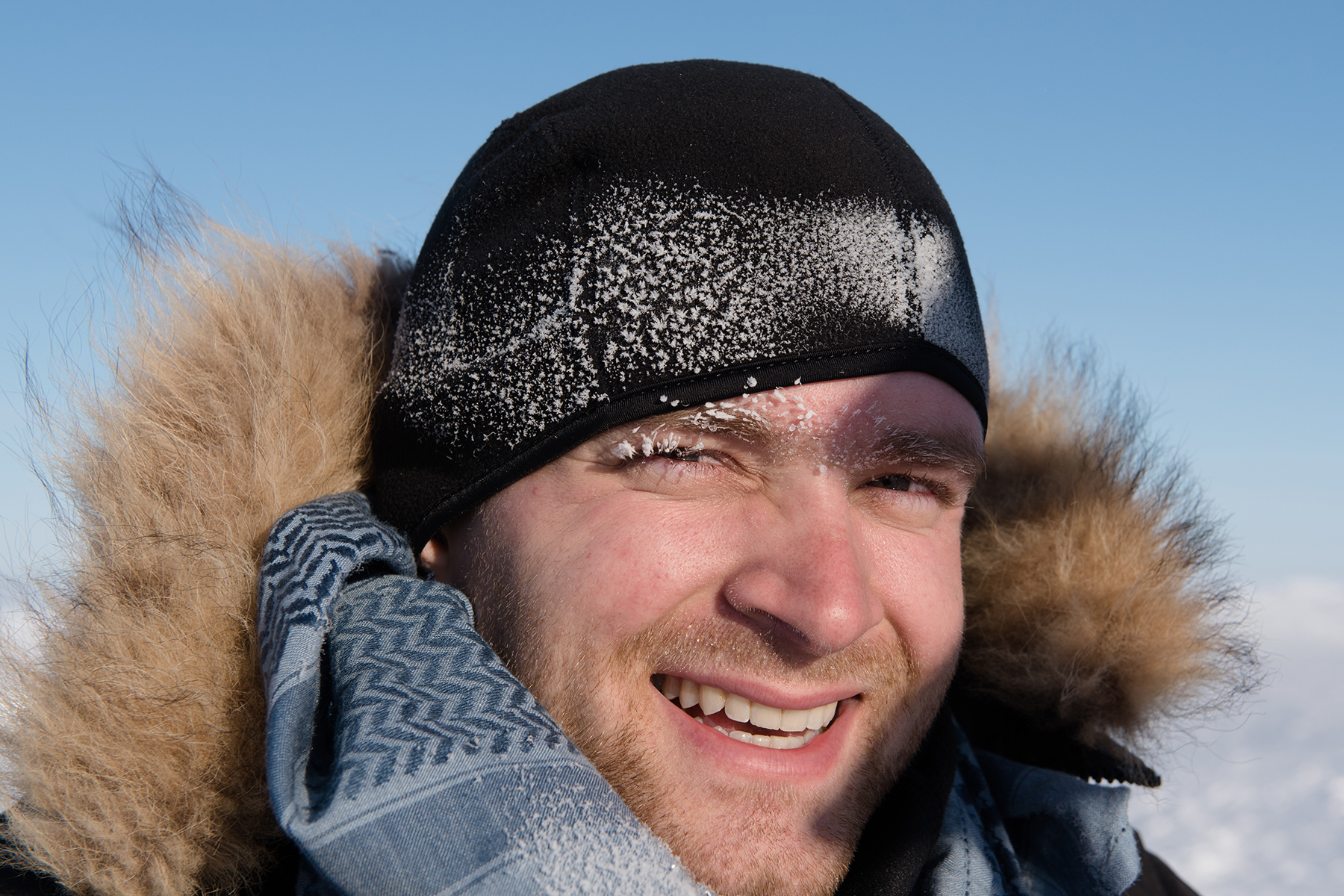Radford University
Utqiagvik, Alaska

The PHYS 450/PHSC 420 project took place in Utqiagvik, Alaska, the northernmost city in the United States.
- Utqiagvik (UUT-kee-AH-vik), formerly Barrow, was renamed in 2016 by the native tribe Ukpeagvik Inupiat Corporation, which has inhabited the land for thousands of years.
- With a population of about 4,500, Utqiagvik has a total area of about 21 square miles.
- Utqiagvik is located 320 miles north of the Arctic Circle.
- Its cold, dry climate sees below-freezing temperatures 245 days a year.
- Utqiagvik experiences 67 days of darkness in the winter and 80 days of sunlight during the summer.
- Utqiagvik is surrounded on three sides by the Arctic Ocean.
- The city is a desert and averages less than 30 inches of snow a year.
- It is one of the cloudiest places on earth -- the city is completely overcast approximately 50 percent of the year.
- The average high temperature is 17 degrees Fahrenheit with a record high of 79 degrees Fahrenheit.
- The average low temperature is 6 degrees Fahrenheit with a record low of -56 degrees Fahrenheit.
- The average high temperature in March is -6 degrees Fahrenheit while the average low is -19 degrees Fahrenheit.
- The city is only reachable by airplane, as there are no roads leading in or out of Utqiagvik.